“Me gustan las tostadas con mantequilla de maní.”
“Me gusta el pan tostado con crema de cacahuate.”
Initially, it’s obvious to notice that both sentences are written in Spanish; what’s less obvious is that both sentences are basically expressing the same idea using different words— more precisely, each sentence is an example of a different Spanish dialect. The first sentence is from Puerto Rico and the second one is from Mexico. A “tostada” in Puerto Rico refers to a slice of toast, whereas in Mexico it means a fried corn tortilla. “Mantequilla de maní” and “crema de cacahuate” are both terms to describe the most popular spread loved by U.S. school kids and many adults of all ages— peanut butter. So, a translation that specifically caters to a certain region or dialect is referred to as a localized translation.
Website Localization is one of the methods by which businesses and organizations reach out to their targeted audiences. It is more than just a website translation; website localization takes into account the market’s language and cultural aspects that are unique to the target audience and strategically localizes the website content based on those differences.
When localizing a website there are five (5) steps that I follow in order to maximize your translation investment:
- I conduct research on the target market.
- I find the specific terminology & cultural characteristics unique to the target market.
- I determine the right keywords people in the target language normally type to look for your product/services.
- I include these keywords strategically in the website translation.
- I apply the art of transcreation where necessary.
The U.S. Latino community is a very heterogeneous group. Although over half of the Latinos in the United States are of Mexican descent, we believe it’s also important to acknowledge those Latinos that are of non-Mexican origin. High concentrations of Latinos from the Caribbean and South America reside in major cities such as New York, Miami, and Chicago. So, it’s evident that a marketing strategy that works really well in the Miami area may have to be tweaked if pursued in Los Angeles.
As a business trying to tap into the Latino market, it helps to define who you’re attempting to reach. Spanish is the official language for 21 countries, and each country has a unique history and heritage that have influenced each country’s lexicon from the beginning. It’s evident that acknowledging these differences in the existing regional Spanish dialects will increase the connection between a business and its defined audience. However, a business whose goal is to reach to the U.S. Latino market may want to seek for a neutral, standard translation of Spanish that will be equally understood by the different Spanish speaking nationalities in the United States. This is the formal Spanish used by news reporters, radio broadcasters, or anyone in the communications/marketing field. It’s the best option for targeting everyone who speaks Spanish, regardless of where they are from.
Whatever the case may be, I have the right blend of experiences and educational background to deliver a professional translation that’ll meet the needs of your business, whether your goal is to reach out to all Spanish speaking Latinos as a whole, or to focus on major regional areas in the United States such as New York, Miami, or Los Angeles.
I would be happy to answer any questions that you may have. Send me a message with enough information about your project to receive a free estimate. No strings attached!
